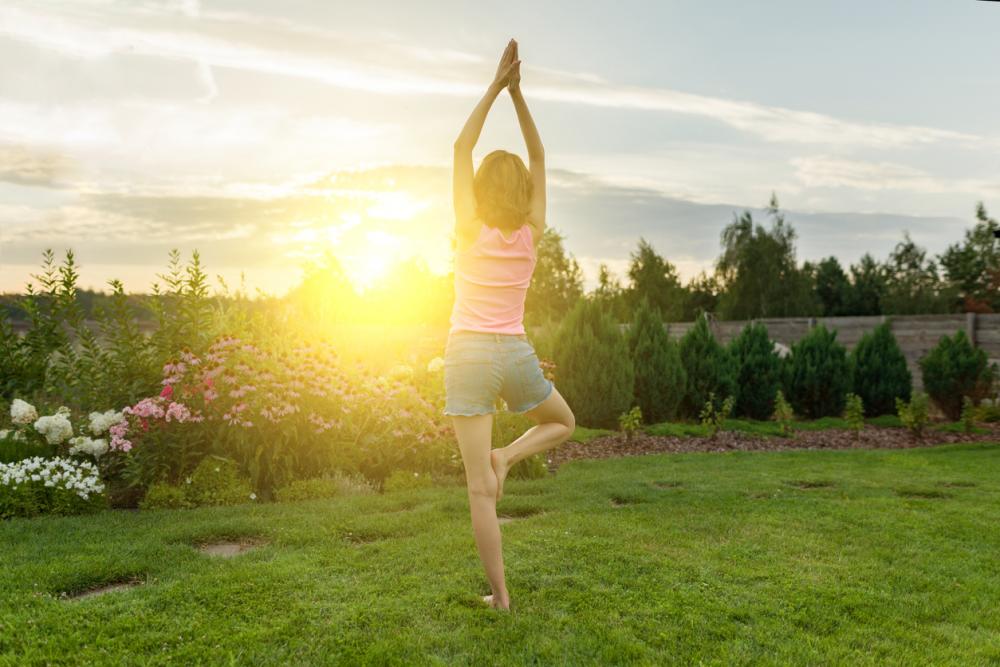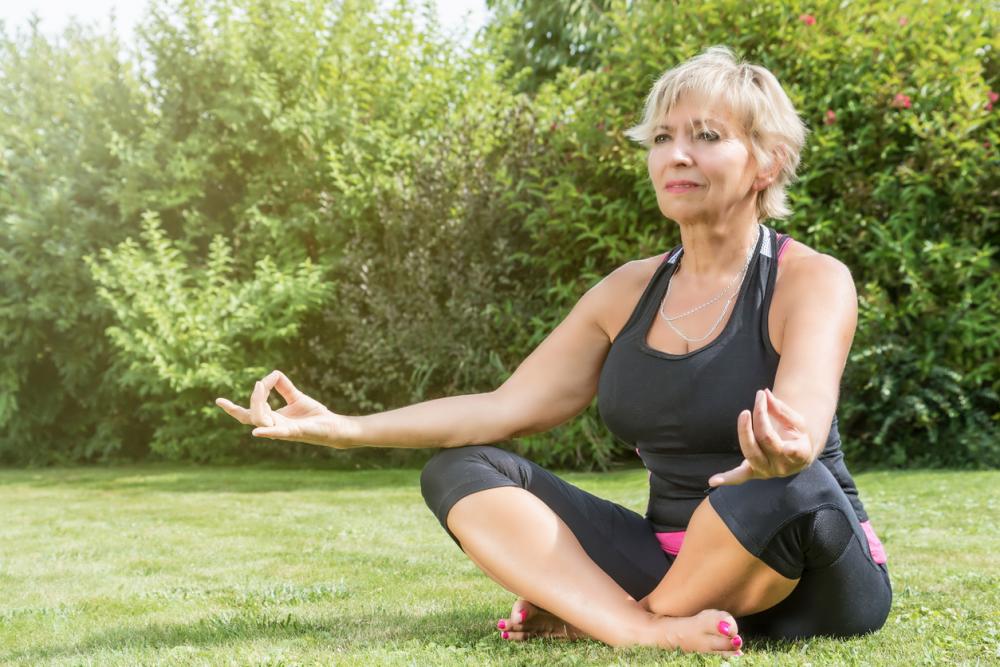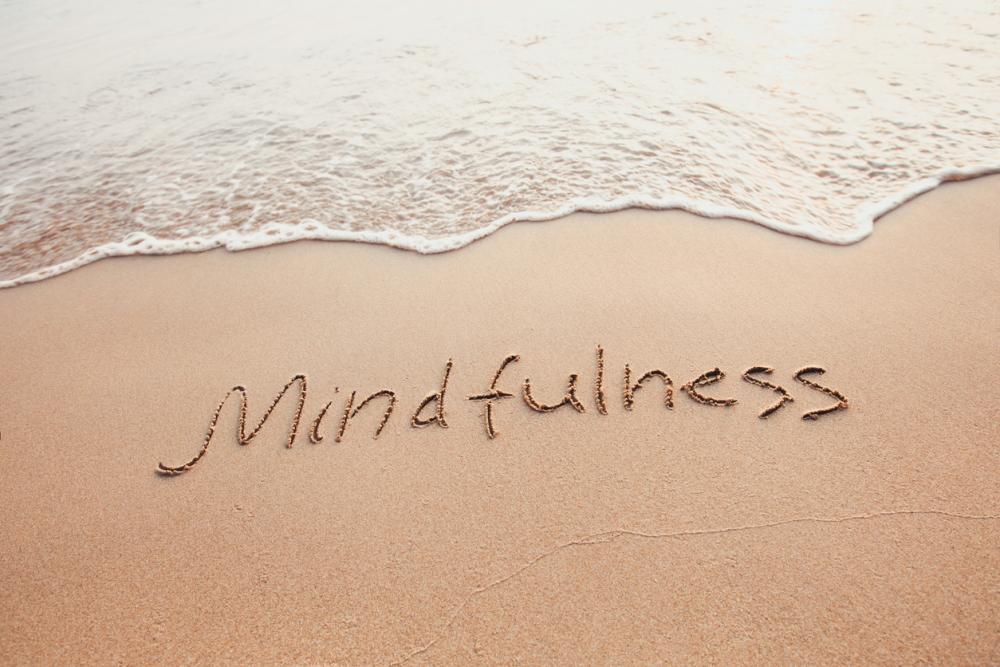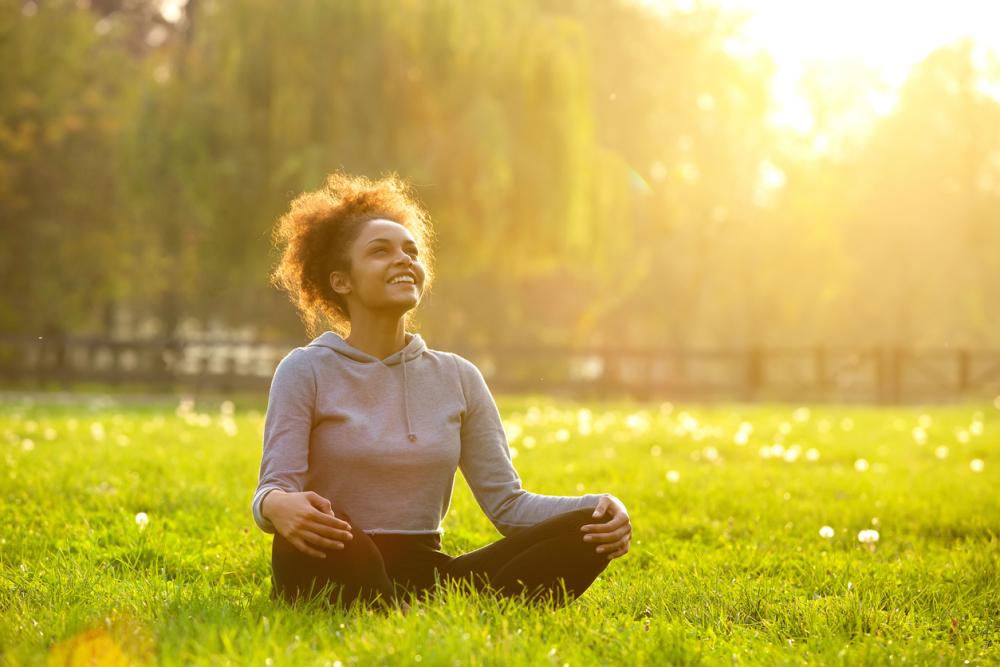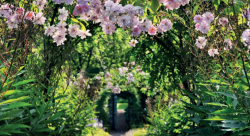Wellbeing experts Claire Dale and Patricia Peyton share their top tips and advice on how to get the most out of yourself and your garden.
Ahhh…who doesn’t love this time of year when warmer weather and more reliable sunshine draw us outdoors, enjoying the fragrance of the flowers, soaking up the sun and enjoying nature. It soothes the soul and boosts resilience. In Japan, Shinrin-yoku, aka "forest bathing" – spending time in nature to improve our mental or physical health – has become a cornerstone of preventive health care and healing in Japanese medicine. You can get the same benefits in your own garden with a few simple breathing and mindfulness techniques.
Breathing effectively is foundational to our ability to practice mindfulness. We breathe in and out 25,000 times a day in an orchestrated miracle of diaphragm, ribs, lungs and abdominal muscles without giving it a thought. When we breathe effectively (diaphragmatically), air enters the lower two-thirds of the lungs and we take in enough air to fuel the body and the brain. When we breathe poorly (clavicular breathing), the collarbones move up and down, breathing is shallow and only the top third of the lungs fill. As a result, we can’t think as clearly, balance our emotions as easily, and are far less stable.
In addition to keeping us alive, breathing diaphragmatically makes us healthier by literally moving the stomach, intestines, liver, spleen and kidneys – clearing out toxins that build up around our organs – and stimulating the solar plexus, enabling us to feel emotions more strongly.
Become aware of your breathing as you read this. Is it fast or slow, shallow or deep? Many people hold their breath or breathe too shallowly to the detriment of their cognitive function, emotional stability and productivity.
Paced Breathing:
To power your brain and stabilise your emotions…
• While seated, ground yourself and breathe all the way out.
• Relax abdominal muscles; breathe in and out diaphragmatically.
• If you feel lightheaded, use less effort; let the breath happen.
• Find a smooth, consistent flow.
• Measure the length of each breath by counting quietly in the back of your mind.
• Achieve a steady rhythm of in-and out-breaths, ideally with a longer out-breath to dispel carbon dioxide from lungs, (which raises cortisol if it builds up).
• Aim for at least 10 minutes of paced breathing per day, (if very motivated, 20 minutes each morning and evening for three weeks).
You now have the most powerful tool available to manage challenging situations.
Practice Mindfulness
Use any form of meditation – a mindfulness app (such as Headspace), yoga breathing practice, Transcendental Meditation – or just sitting quietly and focusing on breathing daily for 10 minutes. Meditation boosts serotonin, essential for the immune system, deep-seated confidence and happiness. Meditation and mindfulness also support mental fitness. It has helped US Marines make better decisions in extremely stressful circumstances and soldiers have used Transcendental Meditation to help recover from PTSD. Meditation is a simple technique for recovery and bounce back from stress.
Focus Practice
Sitting still for longer periods and practising mindfulness or breathing techniques supports our emotional and mental endurance. During summer weekends, consider sitting in the garden for thirty minutes each day. Integrating the mental focus practice below also enhances goal achievement. Allocate two minutes for each area of the brain or body – totaling 26 minutes. During the final four minutes, let your mind do whatever it wants.
Shift the focus of your mind to different parts of the brain.
• Front of brain – notice the space there.
• Back of brain, (heavy, round cerebellum) – notice how you become more aware of your spinal column and the senses of weight and touch in your body.
• Right side of brain
• Left side of brain
• Any areas on left or right side that feel underused
• Rest the mind in the centre of the brain.
Shift the focus of your mind to different areas of the body, imagining the sun illuminating each area.
• Feet
• Hips
• Centre (just below the navel)
• Solar plexus/stomach (level with lower ribs, behind where diaphragm connects to spine)
• Heart/chest
• Neck/throat
• Centre of brain
• Above the top of the head
Move the focus back to the area in front of the brain (often called the ‘mind’s eye’).
Enjoy the respite of your garden knowing that time spent there will give you a summer of enhanced focus, energy and happiness!
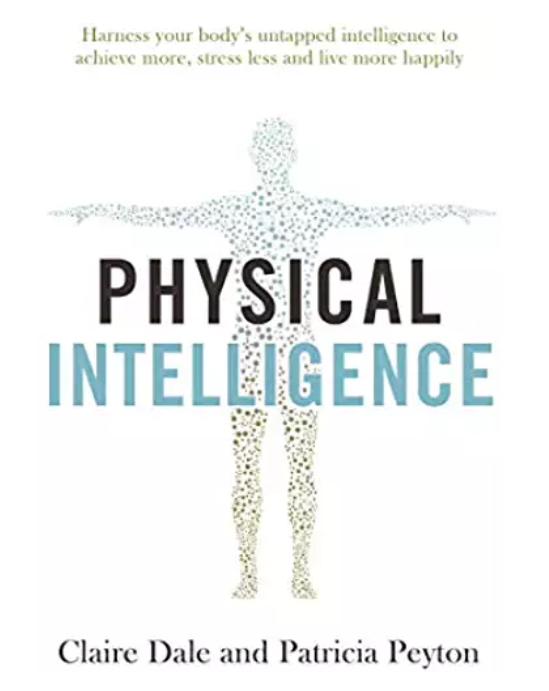
Claire Dale and Patricia Peyton are the authors of new wellbeing book Physical Intelligence (Simon & Schuster)
and Directors of Companies in Motion



